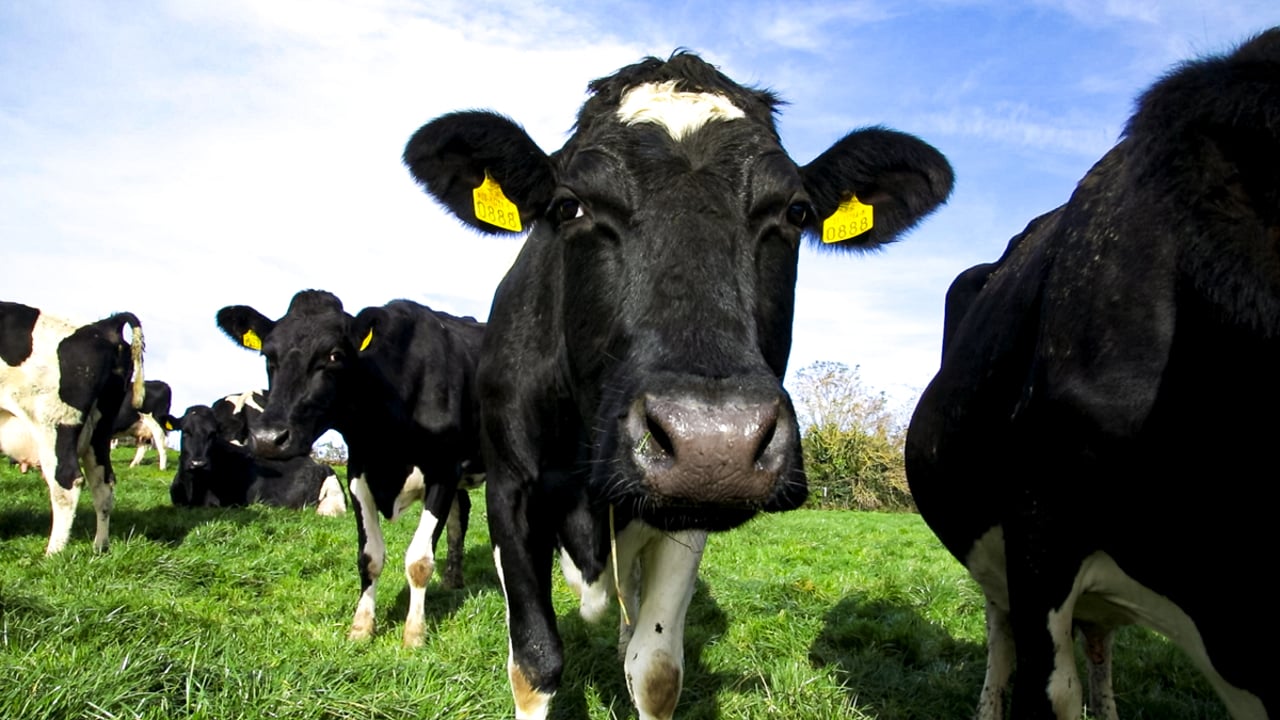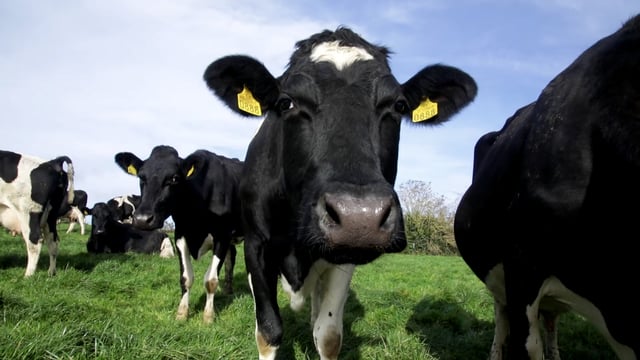Food Vision Dairy Group relaxes short-term nitrogen-reduction demand to 22-25%
The final draft of the interim report from the Food Vision Dairy Group, presented to the agriculture minister this week, has relaxed the demand on dairy farmers to reduce chemical nitrogen use by 2025.
The report, published today (Friday, May 27) outlines that a reduction in chemical nitrogen use in the dairy sector of 22-25% by 2025 is now being proposed.
An earlier iteration of the report sought a reduction of 30% by 2025.
In the medium-term, too, the proposed reduction in chemical nitrogen has also been reduced from 35% to 30% by 2030.
Combined, these represent a reduction from current approximate usage of 200,000 tonnes to 140,000 tonnes by 2030.
In relation to low-emission slurry spreading (LESS), the target for adoption has also been slightly relaxed.
Now, it targets a 90-100% adoption of LESS for all dairy cow slurry manure by 2025.
This compares to an earlier proposal which went straight in for 100% adoption of LESS for all dairy cow organic manure by 2025
The reports details that the Food Vision Dairy Group is broadly supportive of reducing chemical nitrogen in the dairy sector but a number of stakeholders continue to raise concerns about the target ambition set out.
"Concerns were raised regarding the practicality of achieving the targets over the proposed timeframe; having targets specifically for the dairy sector versus an overall agricultural sector target; the potential reduced farm outputs; potential fodder shortfall; the need for replacement feeds; outstanding science on the successful integration of clover; and the time required for such systems to become adopted successfully," it stated.
The key challenges for the dairy sector according to the report are:
Three stakeholder organisations have rejected the chemical nitrogen targets, the report states, although it does not reveal which ones.
Generally speaking, all other measures - of which there are 17 in total - are unchanged from the previous report, apart from some minor amendments to the wording used.
The most obvious change relates to the reference to a voluntary retirement/deintensification scheme, which has been replaced with a voluntary dairy exit/reduction scheme.
Similar to the previous draft report, all measures are set out in the short-, medium- and long-term, and correspond with the three proposed carbon-budget periods: 2021-2025; 2026-2030; and 2031 and beyond.
The full list of updated recommendations are as follows:
Commenting, Minister for Agriculture, Food and the Marine, Charlie McConalogue, said there are still areas of the report that require agreement.
"However, it is important to recognise that all parts of the sector are working together to find the best sustainable pathway forward for the sector.
"I urge all stakeholders to continue to work together constructively towards an agreed final report with clear and detailed metrics."
The final report will be completed and submitted to the minister "over the course of the summer" he said.





